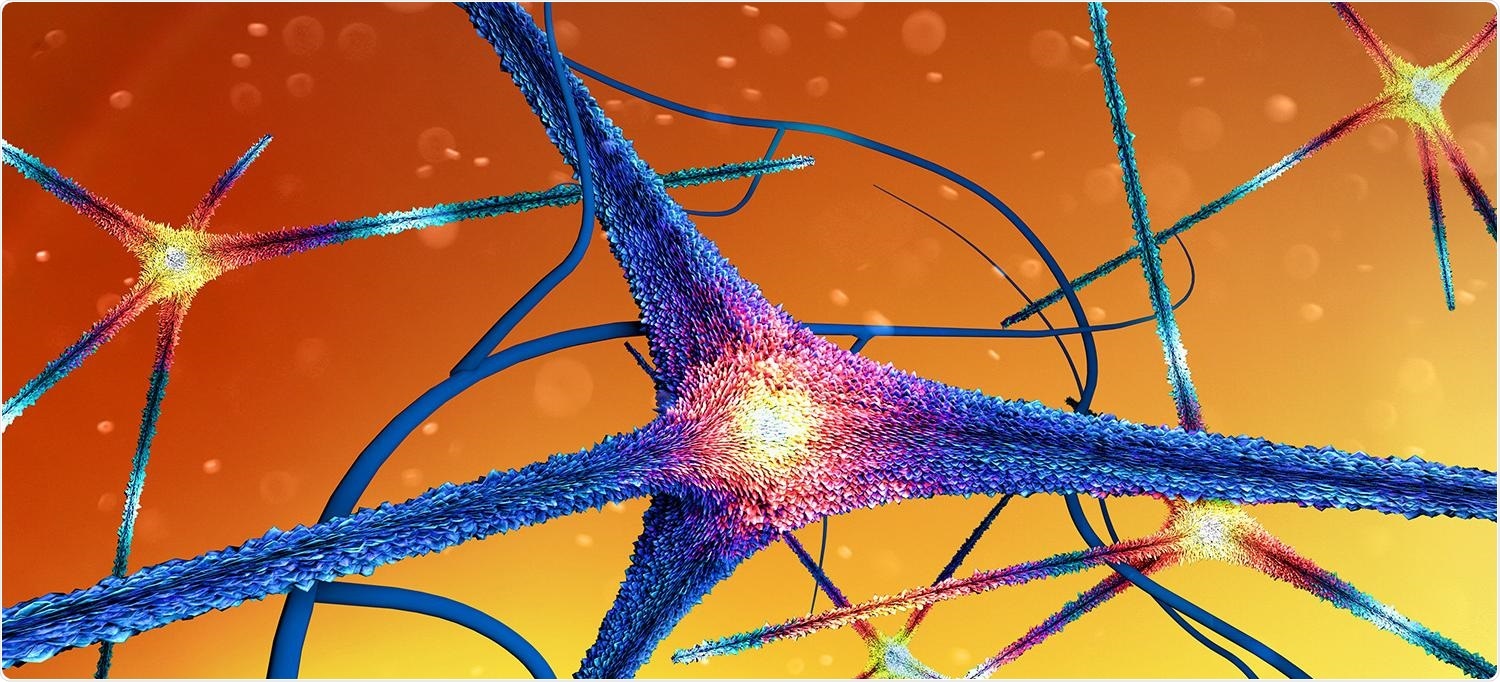Scientists have found that botulinum toxin—commonly called by its trade name, Botox—can expose the inner workings of the brain, in addition to smoothing out wrinkles.

Image Credit: NAEBLYS/Getty.
Now, a new study has used this drug to demonstrate that feedback from separate nerve cells regulates the release of dopamine—a chemical messenger that plays a key role in memory, motivation, and movement.
According to the researchers, such “self-regulation” differs from the commonly held assumption that the release of dopamine—called the “feel good” hormone—by any cell depended on messages from neighboring cells to identify that it was releasing an excessive amount of the hormone.
The new study, headed by a research team from the NYU Grossman School of Medicine, demonstrated that dopamine-releasing brain cells react to their own signals to control the output of the hormone.
Since the death of dopamine-releasing brain cells is a crucial factor in Parkinson’s disease, the latest results shed light on why these cells die in the movement disorder, stated the researchers.
Our findings provide the first evidence that dopamine neurons regulate themselves in the brain. Now that we better understand how these cells behave when they are healthy, we can start to unravel why they break down in neurodegenerative disorders like Parkinson’s disease.”
Dr Takuya Hikima, PhD, Study Lead Author and Instructor, Department of Neurosurgery, NYU Langone Health
According to Dr. Hikima, the study was inspired by flaws in the previous way of assumption about the function of dopamine. First, a large number of synapses, or junctions where a pair of cells meet and exchange messages, will be needed for a single cell to regulate its neighboring cell with dopamine. But scientists believe that there were not sufficient synapses to account for this.
Second, many kinds of hormone-producing cells in the body employ a simplified system that self-regulates more release of dopamine; hence, it appeared strange that a more roundabout process would be used by dopamine neurons.
In this analysis, the researchers extracted dopamine neurons from dozens of mice. The study was published in the Cell Reports journal on April 6th, 2021.
The team injected Botox® into some of the brain cells. Botox® is a toxin that prevents nerve cells from transmitting chemical messages to various cells, including neurons. The nerve-blocking action of the chemical accounts for its ability to relax muscles in wrinkle and migraine treatments.
By administering Botox® into single neurons, the team hoped to demonstrate whether any signal to stop or continue the release of dopamine could only come from beyond the “paralyzed” cell, added Dr Hikima.
As a matter of fact, if the neurons were regulated by nearby dopamine cells, then the release of dopamine would not be affected because the treated cells would continue to receive dopamine signals from the neighboring untreated cells.
Instead, the study demonstrated a 75% decrease in dopamine outflow, indicating that dopamine neurons heavily depend on their own discharge to establish the hormone’s release rate, added the researchers.
Since our Botox technique helped us solve the problem of how dopamine neurons regulate their communication, it should also enable us to uncover how other nerve cells interact with each other in the mammalian brain.”
Margaret E. Rice, PhD, Study Senior Author and Professor, Departments of Neurosurgery and Neuroscience and Physiology, NYU Langone
According to Dr. Rice, the researchers are planning to investigate other areas of dopamine neuron activity that are yet to be fully understood, like the reliance of dopamine release on calcium from beyond the brain cells.
The researchers have also planned to investigate how the self-regulation of the dopamine hormone may lead to cell death in Parkinson’s disease.
Source:
Journal reference:
Hikima, T., et al. (2021) Activity-dependent somatodendritic dopamine release in the substantia nigra autoinhibits the releasing neuron. Cell Reports. doi.org/10.1016/j.celrep.2021.108951.